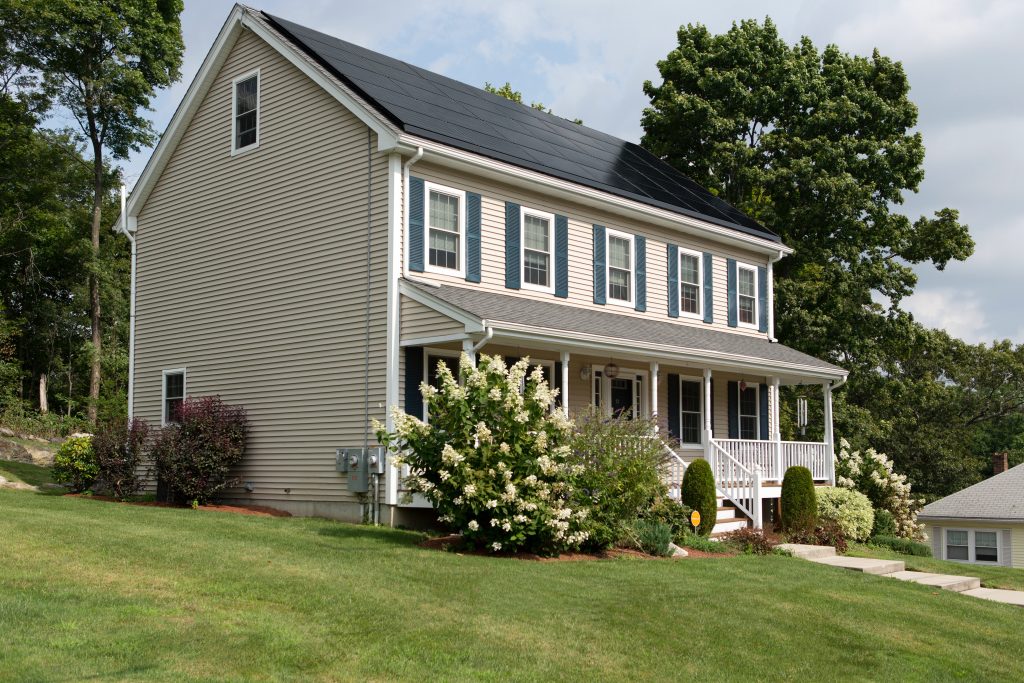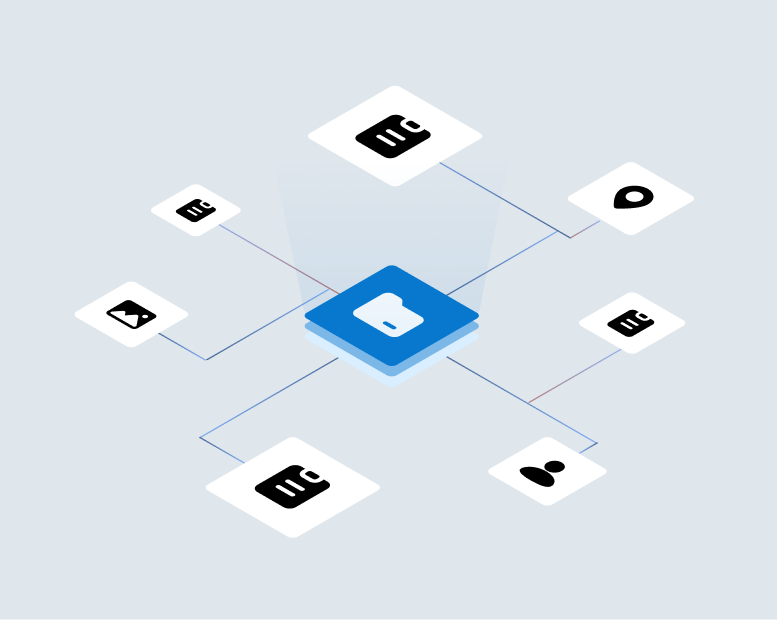Solar panels are a popular green, and cost-effective solution for generating renewable energy. However, it is crucial to be aware of the potential risks associated with their installation on roofs, especially residential properties. Recent incidents have shed light on these risks and emphasizes the need for precautions. Solar panel problems arise from a variety of causes and exposures to insurance carriers can be significant.

According to JS Held, a leading engineering and consulting firm for the insurance industry, “the risk of damage to buildings with roof-mounted solar panels is simply higher due to the presence of the panels.” With the best of intentions, homeowners, who are typically unaware of these risks, saddle insurers with exposures that are not fully vetted during underwriting.
Water leakage into a home’s envelope is always a concern any time a roof system is compromised. Over time, penetrations into a roof can result in water damage, rotting, mold issues, and compromise the structural integrity of the house. These problems can go unnoticed for weeks, months and even years. When they are identified, the remediation can be expensive.
Another concern is that solar panels and the quality of their installation must withstand the elements to ensure their longevity and safety. Solar panels are large, flat surfaces, that if poorly installed, can act as damaging sails in strong winds.
Finally, electrical hazards are an ever-present concern. A quality integration of solar-generated electricity into a home’s electrical system must be done to avoid electrical problems, potential electrocution hazards and fires.
A recent fire in Plainville, MA, serves as a wake-up call, highlighting the importance of understanding and addressing the hazards associated with roof-installed solar panels. The fire in this situation was attributed to solar panels on a residential roof, causing significant damage and posing challenges for firefighters.
“The roof just became engulfed in flames,” said Charlie Marcelonis…Marcelonis used to own the home, which now belongs to a family member. He’s frustrated the solar panels meant to help hurt instead.
“They were great until they caught fire,” said Marcelonis.
Insurance carriers need to be able assess and manage the risks associated with solar panels, their installation and connection to the existing electrical system. Timely discovery, necessary underwriting consideration and as appropriate, adequate coverage determinations should be completed to address these often-unknown exposures.
When firefighters arrived on scene, reaching the roof was nearly impossible.
“Solar panels are always energized with the sun on them and when the sun goes down, they’re still energized,” said Plainville Deputy Fire Chief Robert Skinner, who explains adding water pressure to heavy panels could lead to the roof collapsing. “Being able to get on that roof and having access to it, it’s very hazardous.”
The energy-saving technology is unchartered territory for Skinner and his team.
“This is the first incident we’ve had,” said Skinner, who told WBZ his crews will likely have to retrain to prepare for additional incidents like this. “Everything regarding solar panels is new to us.”
Unfortunately, firefighters are relatively unfamiliar with these risks and training programs for firefighters lag in many areas. “There are no ‘protocols’ for solar panel related fires”, said one Fire Chief.
What Should Carriers Do?
For all these reasons carriers need to prepare for this new risk. Some questions carriers should be asking of new and existing policyholders:
- Do you have one?
- Who installed it?
- When was it installed?
There are other questions carriers should be asking themselves as they evaluate this emerging risk:
- How old is the roof under the installation?
- How often should they be inspected? Should inspections be mandatory?
- What are the most credible certifications?*
- What shape was the roof in when they were installed?
- How do solar panel risks vary? By Geography? Type of home? Type of roof? Pitch of roof?
It is inevitable that there will be surprises as this new technology spreads. For example in the Auto Insurance vertical we find that electric vehicle policies experience substantially higher loss severity and frequency than internal combustion vehicles do. It’s important that carriers adjust their Risk Discovery and Risk Selection processes to detect any ‘unpleasant’ surprises that Rooftop Solar might have in store as soon as possible to avoid the adverse selection that lack of knowledge invites.
*According to the US Department of Energy, The North American Board of Certified Energy Practitioners (NABCEP) is the most established and widely recognized organization offering professional certification and company accreditation.
Things Carriers Need to Do Right Now is a series of brief articles about new and emerging risk selection issues and opportunities to mitigate them at every step of the policy lifecycle in the personal lines insurance industry. The cost of risk discovery is dropping fast due to the rapid growth of a wide array of highly efficient, automated cloud services – and VeracityID believes carriers must take advantage of them to improve risk selection, empower claims and drive profitable growth. We welcome the opportunity to share our ideas about how they might apply to your business.


